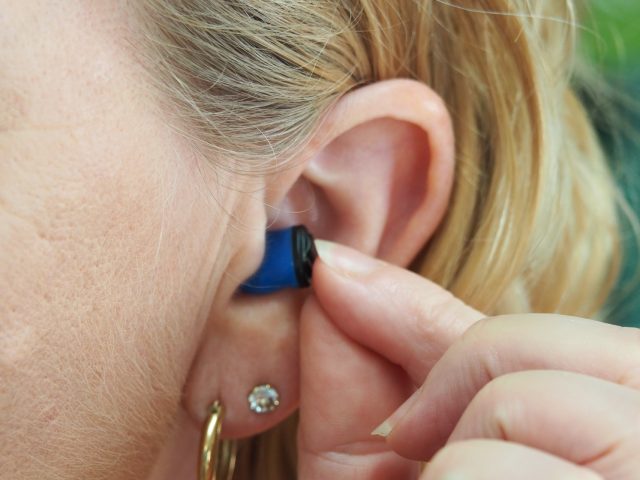
Understanding WSIB: Noise-Induced Hearing Loss
Happy New Year and welcome back to our series on understanding workers’ compensation claims in Ontario. Today, we’re looking at noise-induced hearing loss. (You can find a list of the previously-covered topics in this series at the end of this post.)
What is Noise-Induced Hearing Loss?
When workers develop hearing loss due to hazardous levels of noise in the workplace, WSIB considers this to be a type of occupational disease.
Noise-Induced Hearing Loss (NIHL for short) is a permanent loss of hearing in both ears that occurs because of inner ear damage due to prolonged, continuous, hazardous noise exposure. NIHL is different from hearing loss due to a sudden exposure to loud noise or a physical injury (which is known as traumatic hearing loss).
According to the Occupational Health Clinics for Ontario Workers (OHCOW), over 40% of men aged 65 to 69 have a significant loss of hearing, and about half of those disabilities are caused by too much noise exposure in the workplace. People often don’t realize the extent of their hearing loss until later in life, even after they’ve retired.
Hazardous noise can be produced by tools or machinery (such as power saw, blowers, hammers, forging machines, etc.). NIHL can be exacerbated if other workplace hazards exist in addition to the noise, such as exposure to chemicals, heavy metals, vibration and extreme heat.
WSIB notes that an easy way to tell if your workplace has hazardous level of noise is to ask yourself whether:
- the noise is very noticeable or aggravating
- you have to shout when talking to a person standing one metre away
- you have to shout to be heard for at least part of the day
- you have temporary hearing loss after working a shift that goes back to normal by the next day
- whether you have ringing in the ears at the end of a work shift
When calculating whether your hearing loss qualifies for benefits, WSIB looks at your audiogram (hearing test) results, how long you were exposed to the noise (during your workday and over how many years) and how old you are at the time of your hearing test.
What type of benefits and compensation are available for NIHL?
Depending on the severity of your NIHL, WSIB may pay for:
- Hearing loss testing/assessment
- Hearing aids and expenses related to fitting
- Batteries and follow-up visits up to 1 year afterwards
You may also be eligible for a non-economic loss (NEL) award. This is a lump sum payment to recognize the permanent effect the injury has on your life. If you have tinnitus in addition to NIHL, you may be eligible for an additional NEL award.
OHCOW has some great tools for determining whether your hearing loss should qualify for WSIB, a list of apps to measure noise levels, and free online hearing tests (scroll down to the Tools and Apps section).
___________________________
See our previous posts in this series here:
Understanding WSIB: What Types of Injury or Illness Can I Claim For?
Understanding WSIB: Accidents
Understanding WSIB: Disablements
Understanding WSIB: Psychological Conditions
Understanding WSIB: Occupational Diseases Part 1 and Part 2
